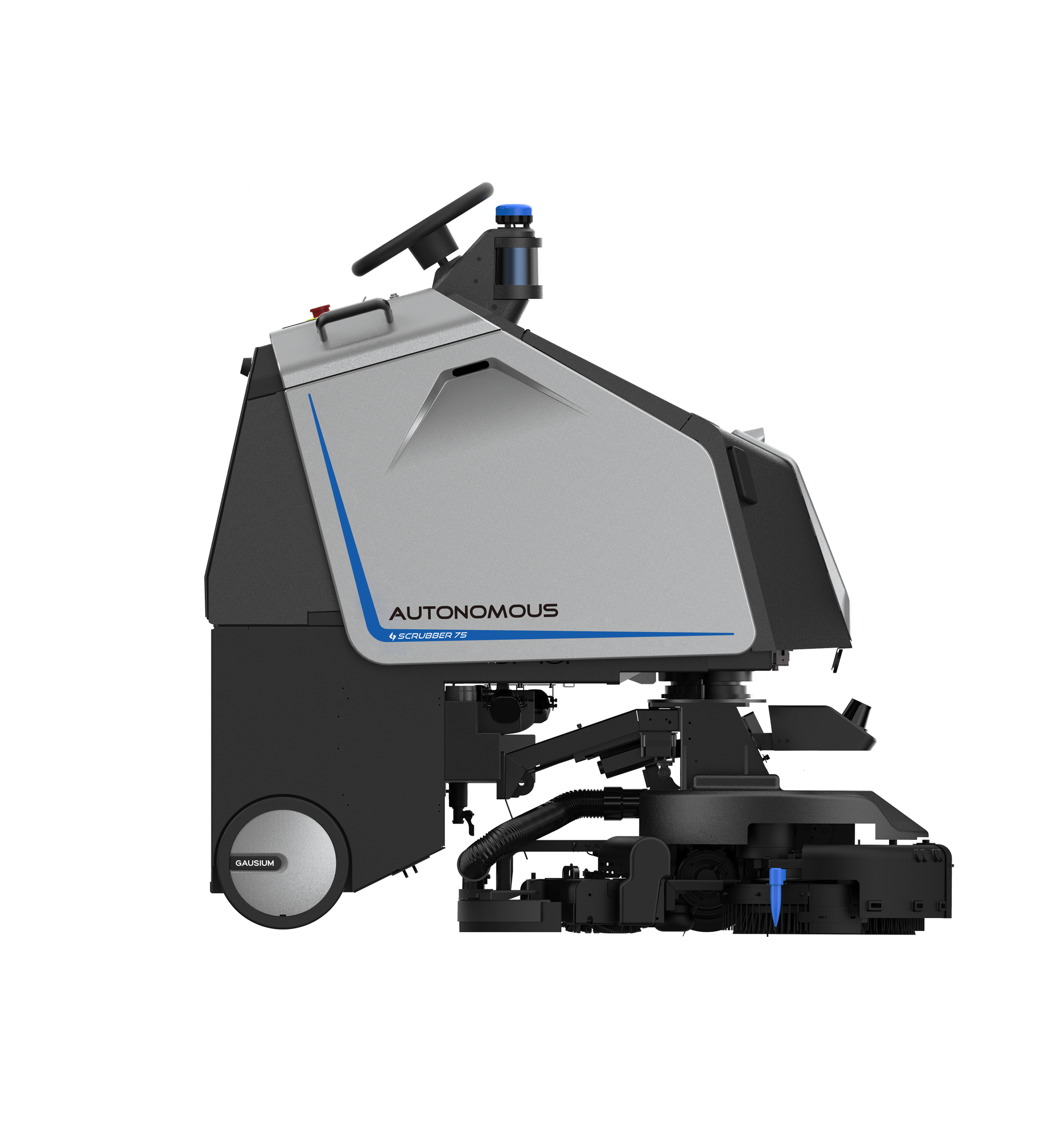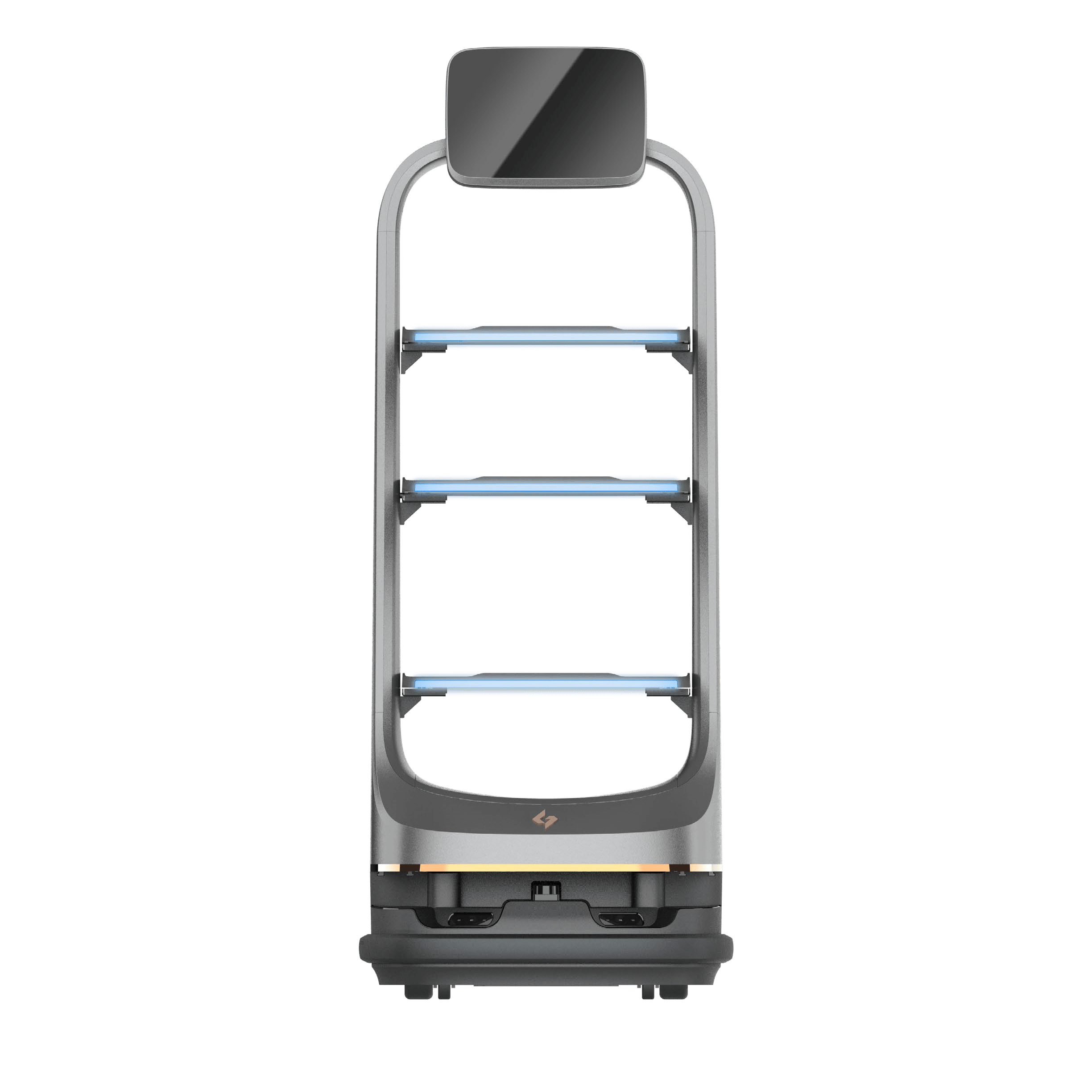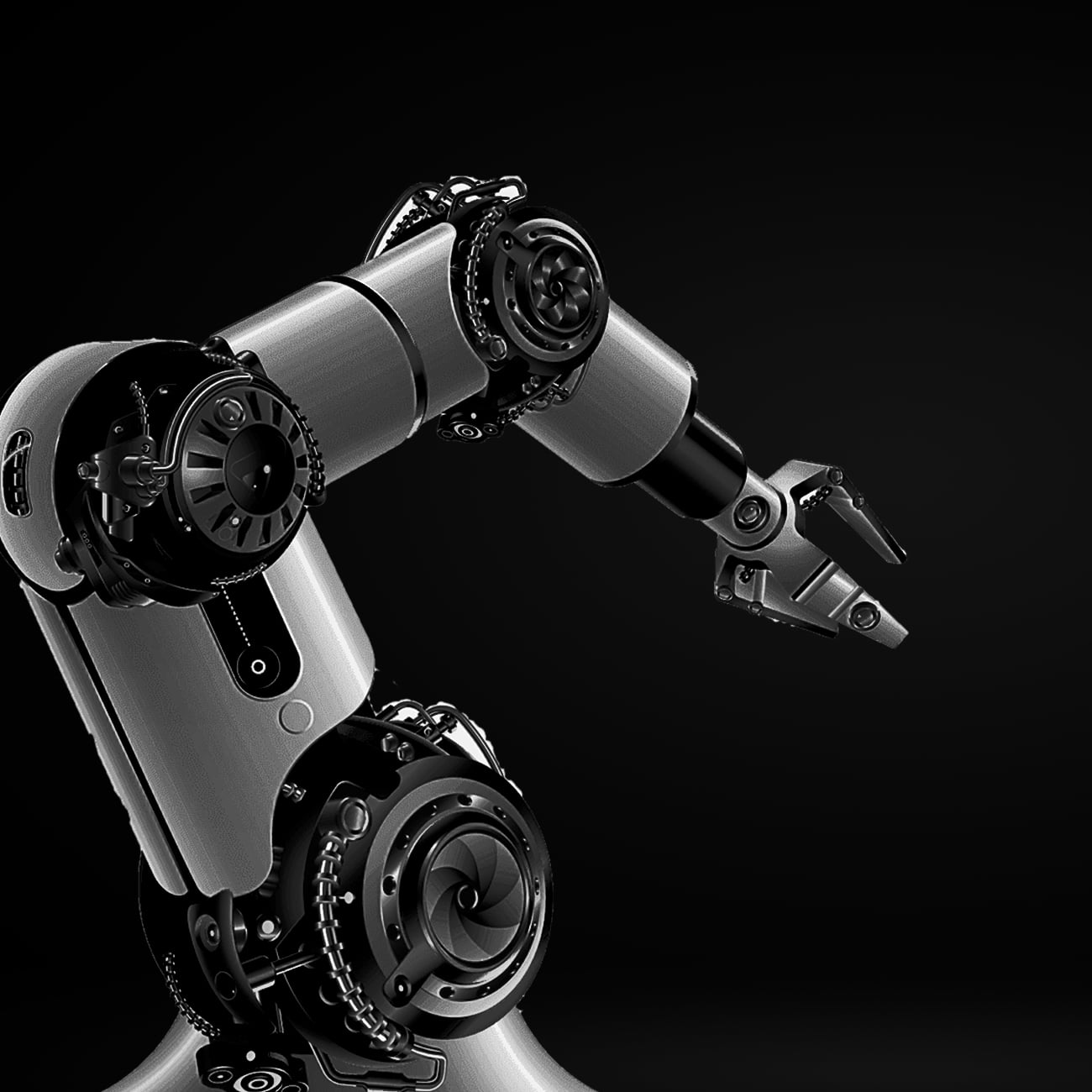-
Table of Contents
“Seamlessly Connect, Innovate, and Transform with Sensor Integration.”
Sensor integration refers to the process of combining multiple sensors into a cohesive system that can collect, process, and analyze data from various sources. This integration enables the seamless exchange of information between sensors, enhancing the overall functionality and accuracy of data collection in applications such as smart cities, industrial automation, healthcare, and environmental monitoring. By leveraging advanced technologies like the Internet of Things (IoT), machine learning, and data analytics, sensor integration facilitates real-time decision-making and improves operational efficiency across diverse sectors. The ability to synthesize data from different sensors allows for more comprehensive insights, leading to better outcomes and innovations in various fields.
Future Trends In Sensor Integration Technology

As we look toward the future of sensor integration technology, it becomes increasingly clear that the landscape is evolving at an unprecedented pace. The convergence of various technological advancements is driving innovation, leading to more sophisticated and interconnected sensor systems. One of the most significant trends is the rise of the Internet of Things (IoT), which is fundamentally transforming how sensors are utilized across industries. By enabling devices to communicate with one another, IoT facilitates real-time data collection and analysis, thereby enhancing decision-making processes and operational efficiency.
Moreover, the integration of artificial intelligence (AI) with sensor technology is poised to revolutionize the way data is interpreted. AI algorithms can analyze vast amounts of data generated by sensors, identifying patterns and anomalies that would be impossible for humans to detect. This capability not only improves predictive maintenance in manufacturing but also enhances safety in sectors such as healthcare and transportation. For instance, smart sensors in medical devices can monitor patient vitals and alert healthcare providers to potential issues before they escalate, ultimately saving lives.
In addition to AI, advancements in machine learning are also playing a crucial role in sensor integration. As these technologies continue to evolve, sensors will become more adaptive and capable of learning from their environments. This adaptability will allow for more personalized applications, particularly in consumer electronics and smart home devices. Imagine a home that learns your preferences over time, adjusting lighting, temperature, and even security settings based on your habits. Such innovations not only improve user experience but also contribute to energy efficiency, aligning with global sustainability goals.
Furthermore, the miniaturization of sensors is another trend that cannot be overlooked. As sensors become smaller and more cost-effective, their applications will expand into areas previously thought impractical. For example, wearable technology is already benefiting from this trend, with sensors embedded in clothing and accessories that monitor health metrics in real-time. This shift towards smaller, more efficient sensors will also enable their integration into a wider array of products, from industrial machinery to everyday consumer goods.
As we consider the future of sensor integration, it is essential to address the growing importance of cybersecurity. With the increasing interconnectivity of devices, the potential for cyber threats rises correspondingly. Therefore, developing robust security protocols will be paramount to protect sensitive data and maintain user trust. Companies will need to invest in secure sensor technologies and implement comprehensive strategies to safeguard their systems against potential breaches.
Additionally, regulatory frameworks will play a critical role in shaping the future of sensor integration. As governments and organizations recognize the value of data-driven insights, they are likely to establish guidelines that promote responsible data usage while ensuring privacy. This regulatory landscape will influence how companies approach sensor integration, compelling them to prioritize ethical considerations alongside technological advancements.
In conclusion, the future of sensor integration technology is bright, characterized by rapid advancements and transformative potential. The interplay between IoT, AI, machine learning, and miniaturization is set to redefine industries, enhancing efficiency and user experience. However, as we embrace these innovations, it is crucial to remain vigilant about cybersecurity and regulatory compliance. By addressing these challenges proactively, businesses can harness the full potential of sensor integration, paving the way for a smarter, more connected world.
Challenges In Sensor Integration For Industrial Applications
Sensor integration in industrial applications presents a myriad of challenges that can significantly impact operational efficiency and productivity. As industries increasingly rely on data-driven decision-making, the seamless integration of sensors into existing systems becomes paramount. However, this process is often fraught with complexities that require careful consideration and strategic planning.
One of the primary challenges in sensor integration is the diversity of sensor types and communication protocols. In an industrial environment, various sensors—ranging from temperature and pressure sensors to more advanced IoT devices—often utilize different communication standards. This heterogeneity can lead to compatibility issues, making it difficult to create a unified data ecosystem. Consequently, organizations must invest in middleware solutions or gateways that can bridge these gaps, which can increase both complexity and costs.
Moreover, the physical installation of sensors poses its own set of challenges. Industrial environments are often characterized by harsh conditions, including extreme temperatures, humidity, and exposure to chemicals. These factors can affect sensor performance and longevity, necessitating the selection of robust sensors that can withstand such environments. Additionally, the placement of sensors must be carefully planned to ensure optimal data collection without interfering with existing processes. This requires a thorough understanding of the operational landscape and may involve trial and error, further complicating the integration process.
Data management is another critical aspect of sensor integration that cannot be overlooked. As sensors generate vast amounts of data, organizations must have the infrastructure in place to collect, store, and analyze this information effectively. The challenge lies not only in managing the sheer volume of data but also in ensuring its quality and relevance. Poor data quality can lead to inaccurate insights, which can ultimately hinder decision-making. Therefore, implementing robust data governance practices is essential to ensure that the data collected from sensors is reliable and actionable.
Furthermore, cybersecurity concerns are increasingly becoming a significant challenge in sensor integration. As industrial systems become more interconnected, they also become more vulnerable to cyber threats. Sensors, particularly those connected to the Internet of Things (IoT), can serve as entry points for malicious attacks. Organizations must prioritize cybersecurity measures, including encryption and secure communication protocols, to protect sensitive data and maintain the integrity of their systems. This adds another layer of complexity to the integration process, as companies must balance the need for connectivity with the imperative of security.
In addition to these technical challenges, organizational factors also play a crucial role in the success of sensor integration. Resistance to change among employees can hinder the adoption of new technologies. Therefore, it is essential for organizations to foster a culture of innovation and provide adequate training to ensure that staff are equipped to leverage the benefits of integrated sensor systems. Engaging stakeholders throughout the integration process can also facilitate smoother transitions and enhance overall buy-in.
In conclusion, while sensor integration offers significant advantages for industrial applications, it is not without its challenges. From addressing compatibility issues and ensuring data quality to navigating cybersecurity threats and fostering organizational change, companies must approach sensor integration with a comprehensive strategy. By acknowledging these challenges and proactively addressing them, organizations can unlock the full potential of sensor technology, driving efficiency and innovation in their operations.
Benefits Of Sensor Integration In Smart Homes
The integration of sensors in smart homes has revolutionized the way we interact with our living spaces, offering a multitude of benefits that enhance convenience, security, and energy efficiency. As technology continues to advance, the role of sensors in home automation becomes increasingly significant, providing homeowners with a seamless and intuitive experience. One of the primary advantages of sensor integration is the ability to automate routine tasks, thereby saving time and reducing the cognitive load on residents. For instance, motion sensors can trigger lighting systems to turn on when someone enters a room, ensuring that homeowners never have to fumble for switches in the dark. This not only enhances comfort but also promotes energy conservation by ensuring that lights are only on when needed.
Moreover, the integration of environmental sensors plays a crucial role in maintaining a healthy living environment. Temperature and humidity sensors can monitor indoor conditions and adjust heating or cooling systems accordingly, ensuring optimal comfort while minimizing energy consumption. This proactive approach to climate control not only enhances the quality of life but also contributes to significant cost savings on utility bills. Additionally, air quality sensors can detect pollutants and allergens, alerting homeowners to take necessary actions, such as activating air purifiers or opening windows for ventilation. By fostering a healthier indoor atmosphere, sensor integration directly impacts the well-being of residents.
In terms of security, sensor integration offers unparalleled peace of mind. Smart homes equipped with door and window sensors can alert homeowners to unauthorized access, while motion detectors can monitor the perimeter of the property. This real-time surveillance capability allows homeowners to respond swiftly to potential threats, whether they are at home or away. Furthermore, the integration of cameras and smart locks enhances security measures, enabling remote monitoring and control through mobile applications. This level of connectivity not only deters intruders but also empowers homeowners to manage their security systems from anywhere, reinforcing the notion of safety in an increasingly unpredictable world.
Another significant benefit of sensor integration is its contribution to energy efficiency. Smart meters and energy monitoring sensors provide homeowners with insights into their energy consumption patterns, allowing them to make informed decisions about usage. By identifying peak consumption times and high-energy appliances, residents can adjust their habits to reduce waste. For example, smart plugs can be programmed to turn off devices during peak hours, further optimizing energy use. This not only leads to lower energy bills but also supports broader sustainability efforts by reducing the overall carbon footprint of the household.
Furthermore, the integration of sensors fosters a more personalized living experience. Home automation systems can learn from user behavior, adapting to individual preferences over time. For instance, smart thermostats can adjust temperatures based on the occupants’ routines, ensuring comfort while maximizing efficiency. This level of customization enhances user satisfaction and encourages greater engagement with smart home technologies.
In conclusion, the benefits of sensor integration in smart homes are multifaceted, encompassing convenience, security, energy efficiency, and personalization. As homeowners increasingly embrace these technologies, the potential for enhanced living experiences continues to grow. By leveraging the power of sensors, individuals can create environments that not only meet their needs but also contribute to a more sustainable and secure future. As the smart home market evolves, the integration of sensors will undoubtedly play a pivotal role in shaping the way we live, work, and interact with our surroundings.
Q&A
1. **Question:** What is sensor integration?
**Answer:** Sensor integration is the process of combining data from multiple sensors to provide a comprehensive understanding of a system or environment, enhancing accuracy and reliability in measurements.
2. **Question:** What are the benefits of sensor integration?
**Answer:** Benefits of sensor integration include improved data accuracy, enhanced situational awareness, reduced redundancy, and the ability to derive more complex insights from combined sensor data.
3. **Question:** What are common applications of sensor integration?
**Answer:** Common applications include smart cities, autonomous vehicles, industrial automation, environmental monitoring, and healthcare systems.Sensor integration involves the seamless combination of various sensor technologies to enhance data collection, improve system performance, and enable more accurate decision-making across diverse applications. By integrating multiple sensors, systems can achieve greater reliability, increased functionality, and enhanced situational awareness. This approach is crucial in fields such as IoT, smart cities, healthcare, and autonomous vehicles, where real-time data processing and analysis are essential. Ultimately, effective sensor integration leads to more intelligent systems that can adapt to changing environments and user needs, driving innovation and efficiency in numerous industries.




